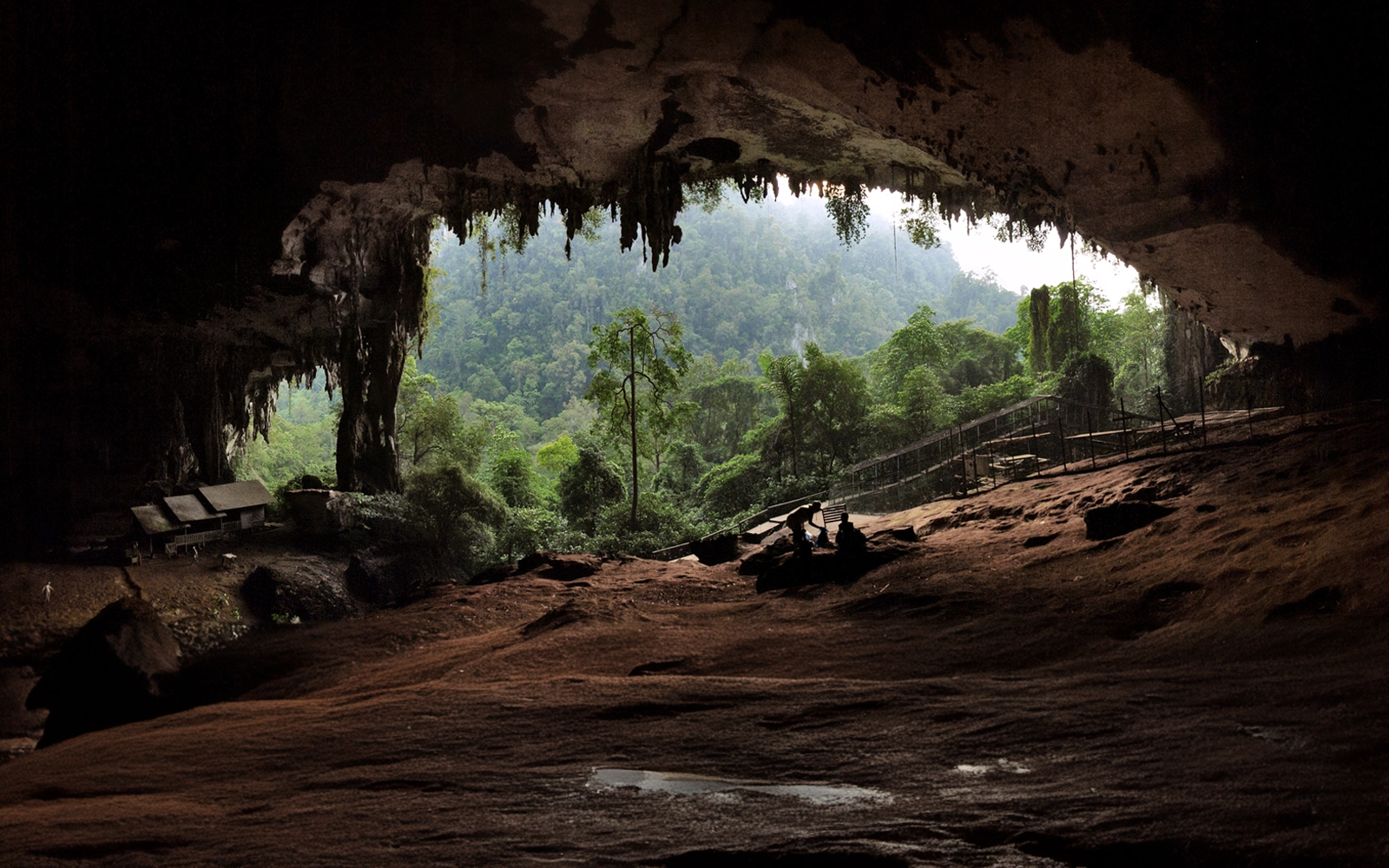
NIAH CAVES NOW A WORLD HERITAGE SITE
PETALING JAYA: Niah Caves in Sarawak, home to some of the oldest human remains discovered in Southeast Asia, has been listed as a Unesco World Heritage site.
The Niah caves complex was listed by the world heritage committee at its meeting in New Delhi, India, today, according to Lukanisman Awang Sauni, MP for Sibuti and deputy health minister, in a posting on the X social media.
The caves, part of Niah national park, is the second site in Sarawak to be recognised as a world heritage site after Gunung Mulu national park in 2000.
The park covers 3,138 hectares of forest and limestone karst areas.
Niah Caves were long used by native communities to harvest bird’s nests.
In 1958, an archaeological team led by Sarawak explorer and historian Tom Harrison unearthed a skull at the West Mouth of the Great Cave, which was estimated to be 40,000 years old.
It was the skull of a modern human (Homo sapiens). Relics of human settlement, such as tools, cooking utensils and ornaments made of bone, stone or clay were also found, suggesting a long period of human settlement reaching back into the palaeolithic era.
Five sites in Malaysia have been listed by Unesco’s world heritage committee for their unique historical, natural or cultural value. The other three are Kinabalu park in Sabah; Lenggong Valley in Perak; and Melaka and George Town jointly as historic cities of the Straits of Malacca.
Langkawi is recognised as a world geopark.
Appian Way added to Unesco list
The Appian Way, the first highway of the ancient Romans, now a tourist attraction in modern Rome, is the latest addition to the United Nations’ cultural heritage list.
The road is named after Appius Claudius Caecus, the Roman censor who began and completed the first section as a military road to the south in 312 BC, Reuters reported. Known as the Regina Viarum or Queen of Roads, it connected the capital of the early Roman state to the south-eastern town of Brindisi.
Italy’s culture minister, Gennaro Sangiuliano, said the Unesco decision acknowledged the “universal value of an extraordinary work of engineering that has been essential for centuries”.
2024-07-27T13:33:18Z dg43tfdfdgfd